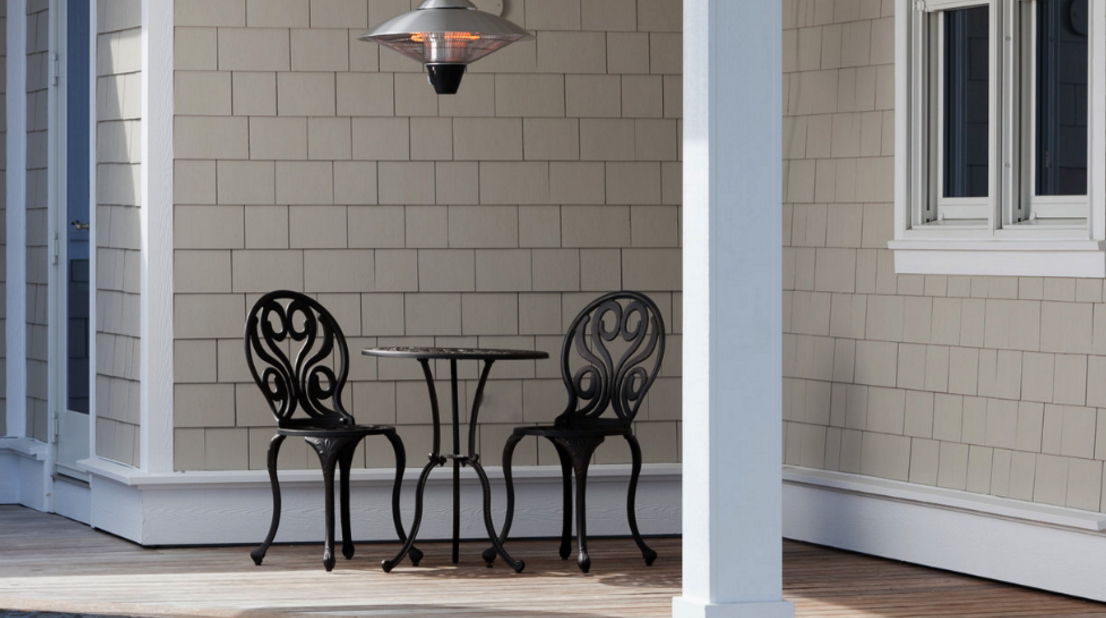Like many things in life, it's what's under the surface that counts. And when it comes to landscape design and construction, patios, pool decks, and walkways are no different.
Most of the truly important techniques that result in a long-lasting patio that your family can enjoy for generations are executed during the phase of installation known as "base preparation." As boring and technical as this phase of patio installation may be—especially when compared with the fun of choosing the sizes, shapes, textures, and colors of the pavers themselves— it is truly critical. In fact, it's a great idea to ask a landscape contractor that you are thinking of hiring to walk you through how they will excavate and install the base for your project. Many of the times in which pricing estimates for an outdoor living project vary greatly between landscape contractors, the plan varying plans for this phase of the project is the cause.
There's only one right way to install a patio
Here in Dutchess County, we experience the beauty of 4 seasons throughout the year. But with those beautiful seasons also comes what is known as "freeze/thaw." As the ground cools down in autumn and eventually freezes in winter, extra stress and pressure is put on patios, walkways, and foundations. This is the reason you often see cracked and shifting poured concrete walkways.
Because of this freezing and thawing of the ground that occurs each year, choosing interlocking concrete pavers is a very smart choice for our Northeast climate. When installed properly, pavers are part of a flexible system that is able to "move" ever so slightly during freeze/thaw. This system is made up of a few main components.
1. Geotextile Underlayment
After excavation of the native ground to allow for the different layers of the base system—usually 8"-10"—a layer of synthetic fabric referred to as geotextile underlayment is installed. This barrier stabilizes the ground during our Hudson Valley freeze/thaw cycles and prevents the next layer of gravel from migrating into the soil. It is a very cheap investment for the huge return it provides.
2. Aggregate Base
For everyday pedestrian traffic, the Interlocking Concrete Pavement Institute recommends 4"-6" of compacted aggregate base material underneath pavers for elements like patios and walkways. This layer is installed on top of the geotextile underlayment and is compacted in increments of every 2" of so.
3. Bedding Sand
Next up is a layer of bedding sand. Directly underneath the pavers is a layer of course sand that is 1" or less in thickness. This sand layer is screeded out and is not compacted prior to paver installation.
4. Pavers
It's time for the part that is most exciting and rewarding for most homeowners—the actual pavers! With the many manufacturers of concrete pavers out there today, the choices here are extremely vast. It's important to select a concrete paver from a manufacturer that offers a lifetime warranty and that stands behind the products they produce.
At Harmony Hill Landscaping, we are certified installers for many manufacturers including Unilock, Cambridge, and Techo-Bloc. We are also certified installers through the Interlocking Concrete Pavement Institute.
Learn more about hiring the right landscape contractor for your Hudson Valley project here.





